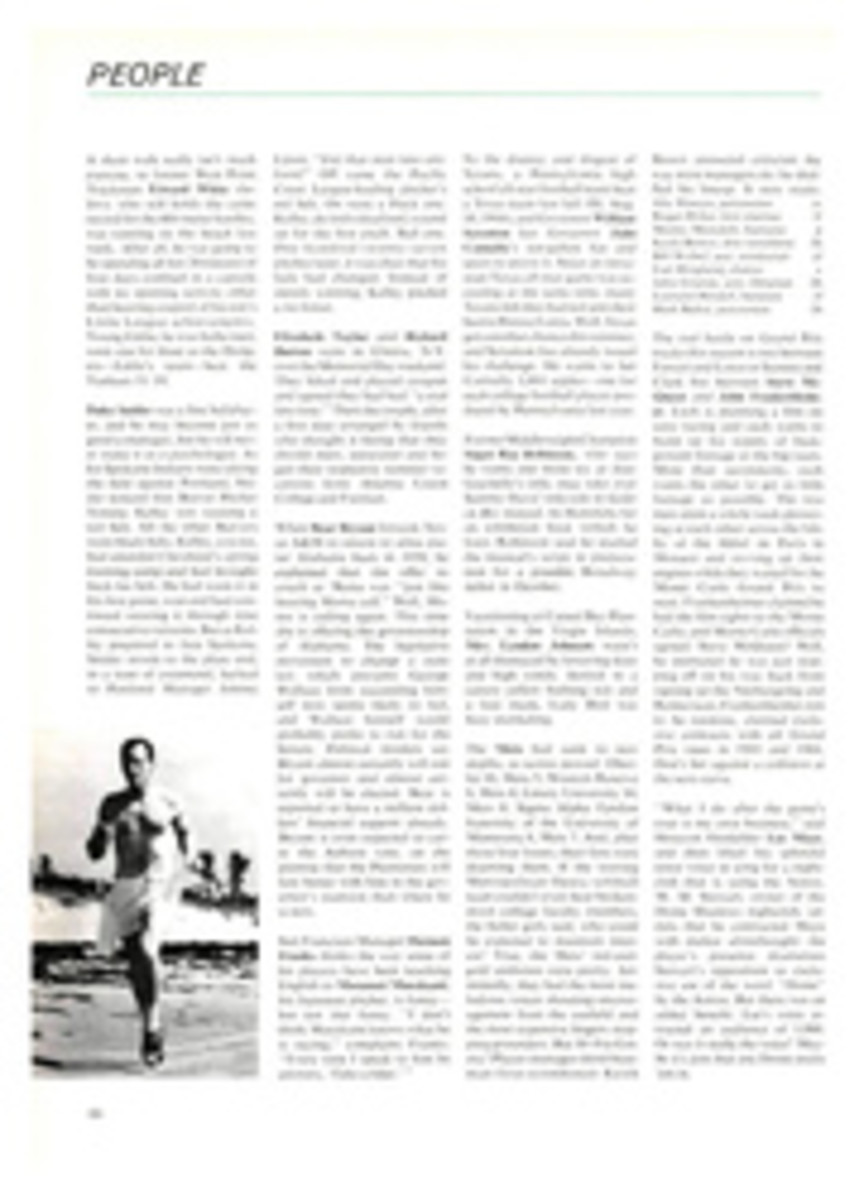
What ever happened to the ridgepole tent?
The surf caster in the picture at left is fishing at the break of day on the Pacific Coast. He spent the night on the beach in a tent which seems to have been invented for him. This lightweight, foolproof shelter is the design of Bill Moss, the man who gave us the Pop Tent and took camping out of the survival-of-the fittest era.
The most ingenious of the Moss tents, the Bubble is permanently attached to a station-wagon rack and completely self-contained. It pulls open in one move like a fan, and pushes back the same way.
The camping tent used to be a very drab affair, and its design had barely changed since the Civil War. It kept the outdoors out—but it took two men a good half hour to put up. The new tents are colorful and just as functional. They are made of lightweight high-count cotton poplin, waterproofed by a silicone treatment. Unlike the old-fashioned variety, which depended on inside posts and a ridgepole to shape the structure, Moss tents rely on fabric put under tension by flexible aluminum or fiber-glass rods.
The sky-blue-and-white Summer House above weighs 20 pounds in its box, measures 12 by 12 by 7 feet high, and costs $139. The four-man Bubble is 10 by 8 by 5 feet 10 inches and costs $225. Until they get into the stores later this summer, they can be obtained from Moss Tents, Inc., P.O. Box 54, Ann Arbor, Mich.
The newest Moss design is the Large Family Eave, a big freestanding tent with plenty of ventilation and a curved roof for air flow that will sleep six in comfort. It weighs 45 pounds complete with case, has a screen porch, takes 10 minutes to erect and costs $198. A smaller, four-man version is $139. It's a far cry from the dark little canvas caves of 10 years ago.
PHOTO
FRED LYON
PHOTO

